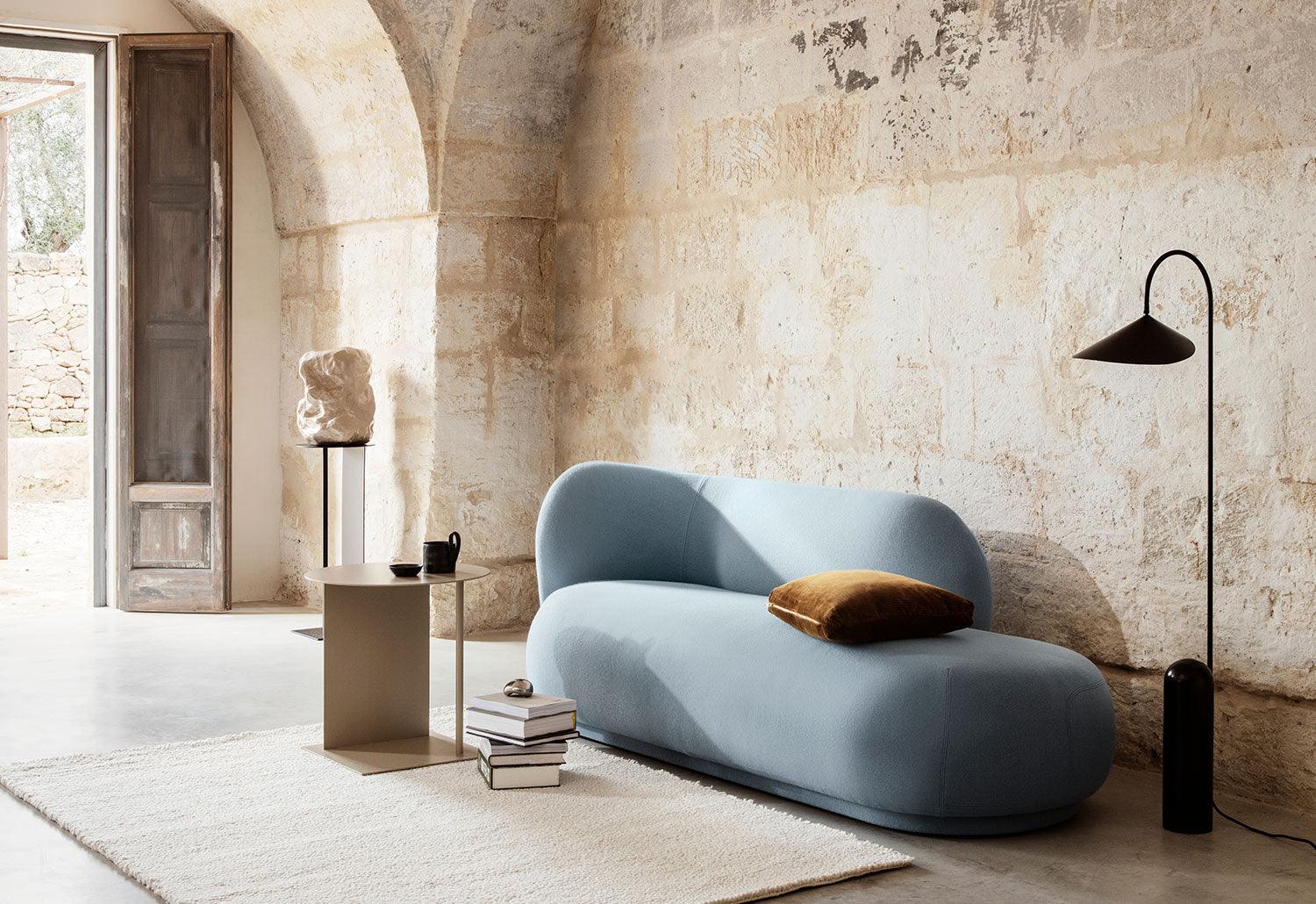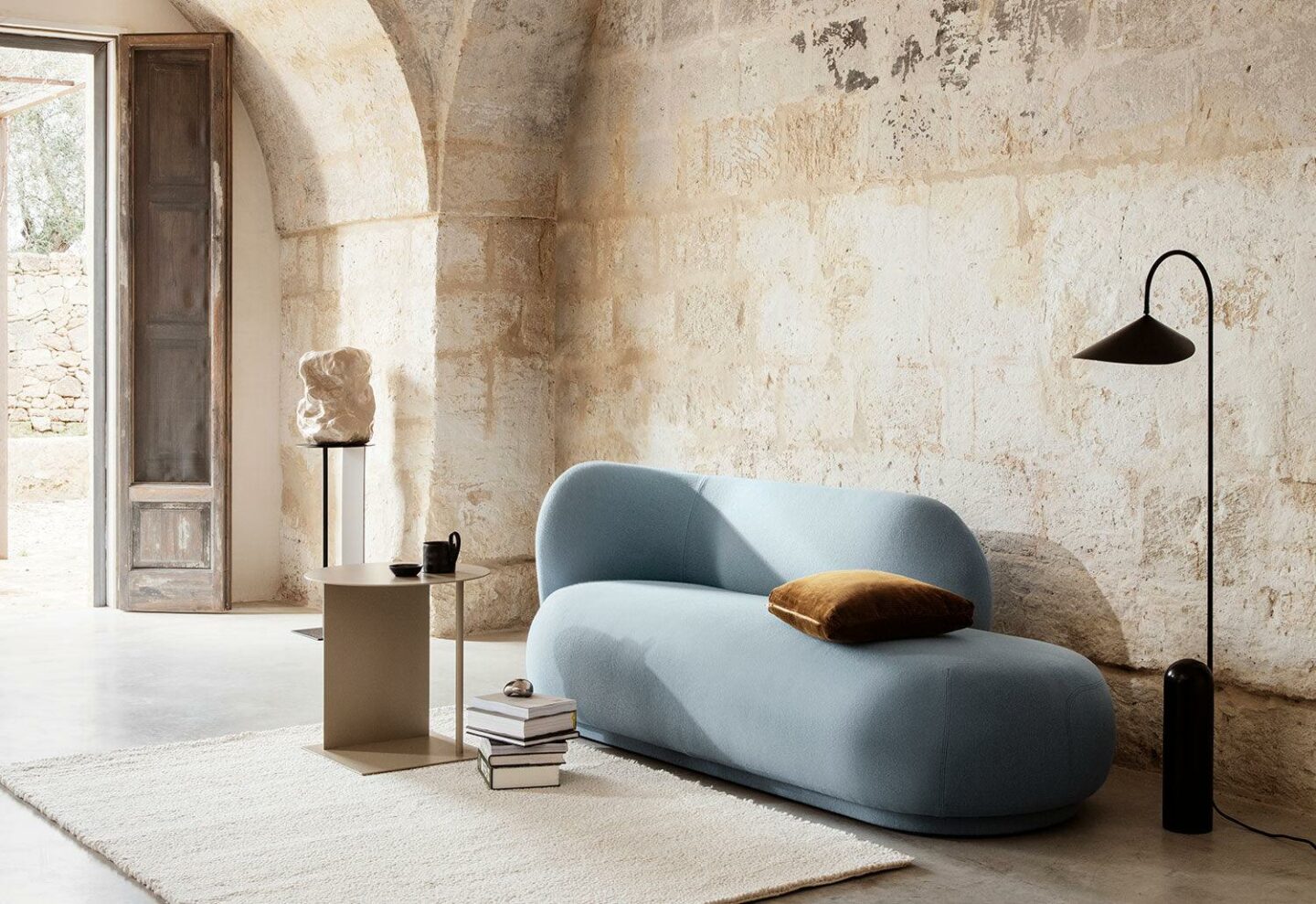
The Top Interior and Material Design Trends for 2022
What are the interior design trends that are set to define the year ahead?
What values and issues will guide decisions on the materials we choose to use in 2022?
The place to go for these answers is Surface Design Show – the UK’s biggest, most widely-celebrated event for architects and designers looking to discover the latest innovations from within the world of surface materials.
This year’s exhibition took place from 8th-10th February at London’s Business Design Centre and welcomed an international community of creatives with presentations from world-leading material manufacturers, all of whom were working to “bring surfaces back to life” by launching cutting-edge technologies and reacting to current challenges.
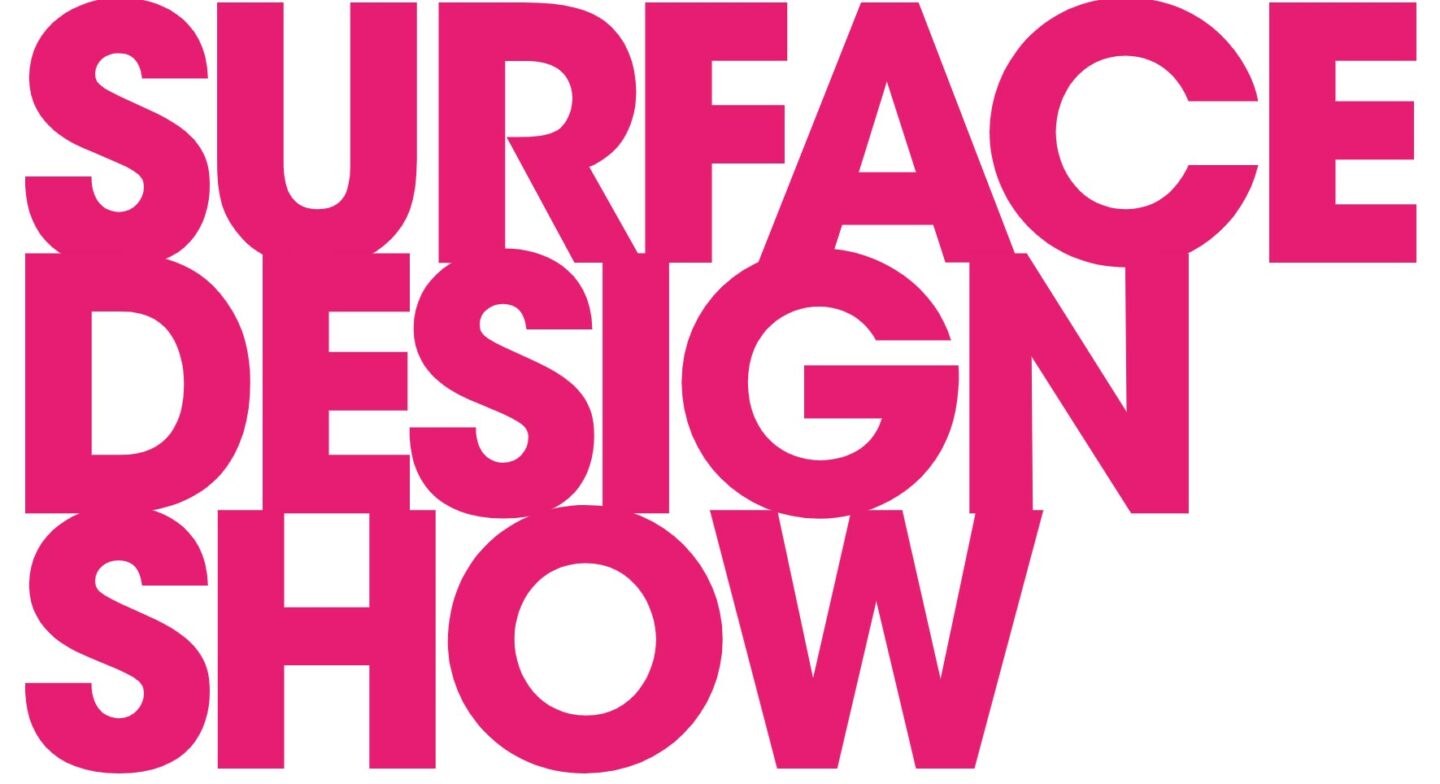
When interviewed about the event, trend forecaster and curator of Surface Spotlight Live, Sally Angharad, offered her predictions on the themes we should expect to see everywhere in the next 12 months. According to Sally, there will be a prevalence of…
“…new surfaces that blur the boundaries of material properties and celebrate original characteristics. With a greater focus on offering multiple solutions in one, we see solid materials interact with light and mixed material designs that give the customer greater choice. It is particularly exciting to see biodegradable and recycled ingredients driving aesthetics, with a move towards unique colourways and textures.”
Sally’s predictions have since been divided further into the following categories.
Soft Lines
This refers to surfaces that are designed to evoke a sense of calm in the environments in which they are used. As a trend, it takes inspiration from the organic, fluid shapes found in nature and uses muted palettes of colours that blend effortlessly into one another.
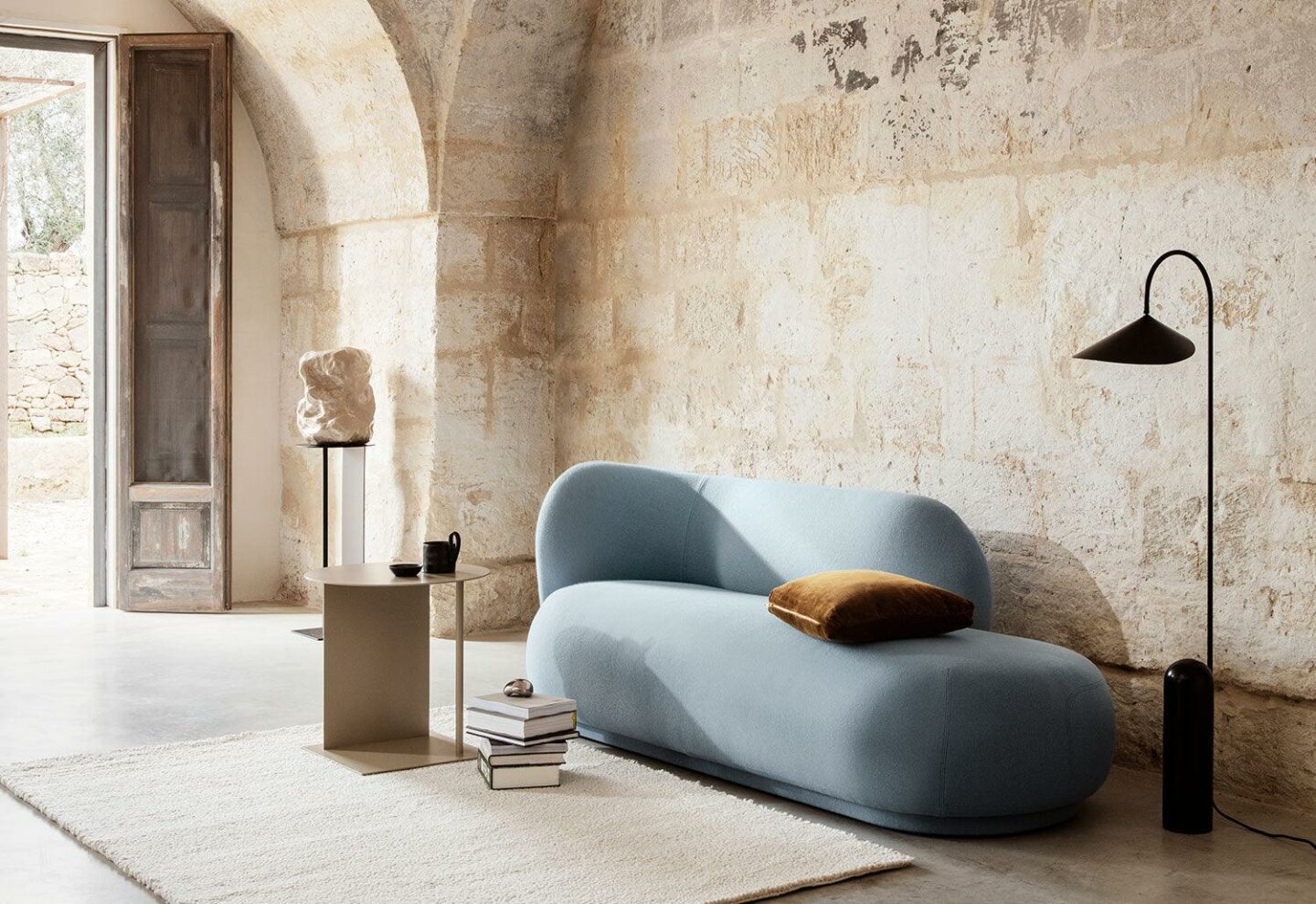
In practice, this design trend will see interior architects and creative influencers expressing greater preferences for materials that lend themselves well to the creation of curved, non-linear items. Desks, bed frames, lighting fixtures, restaurant tables, retail displays and more will all be engineered using materials that can facilitate this softer, more minimalist aesthetic as designers work to create spaces that users find relaxing.
This trend has probably grown in popularity due to the stressful, uncertain nature of the world at present leading people in all sectors to yearn for clarity and calm in all aspects of their lives. Moreover, with people having spent dramatically longer periods of time indoors in recent years, we are finding ourselves wanting to bring elements of the outside world inside through the use of natural colours and textures.
Pattern Inlays
The trend of creating surface materials with pattern inlays involves embellishing traditional materials in unusual ways and with unexpected patterns.
Pattern inlays are a way in which designers can upcycle materials and give them a new lease of life, thereby minimising waste contributing positively to efforts to embrace more sustainable lifestyles. In practice, this design trend may see an increase in the use of embossed timber in flooring applications and etched acrylic panels as decorative wall installations.
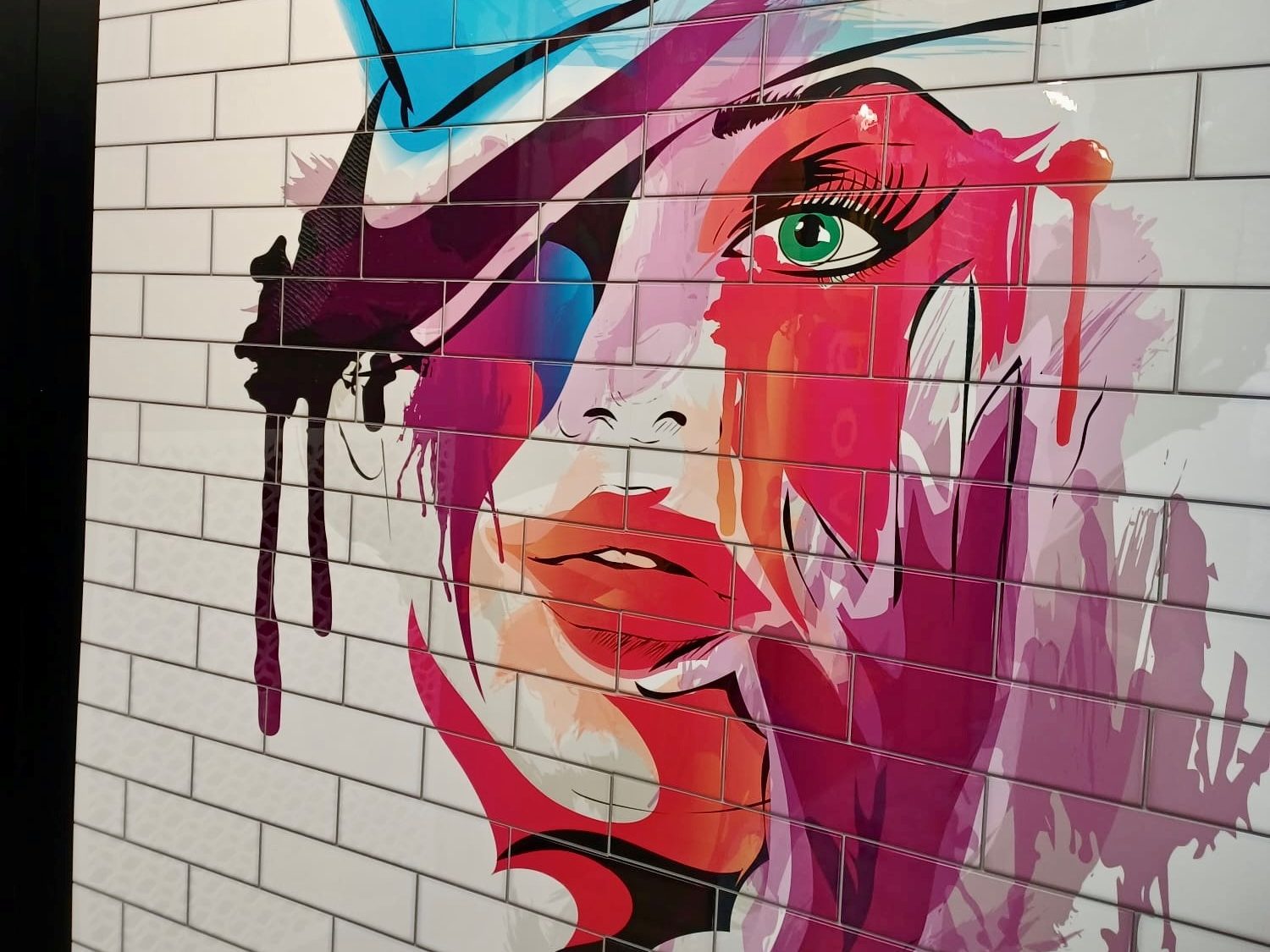
As with the trend of soft lines, pattern inlays reflect a broader socio-cultural desire for the fusion of natural and man-made environments. Materials that have been enhanced with embossed or engraved patterns blur the boundaries between inside and outside to create a hybrid aesthetic that is evocative of the transient, uncertain situation in which we find ourselves at present.
Translucent Layers
This trend sees architects and interior designers exploring how established materials can be modified in new and exciting ways to meet the preferences of modern users. Materials that, traditionally, have been hard and opaque are being transformed into translucent surfaces that allow greater quantities of light to flow into and around a space.
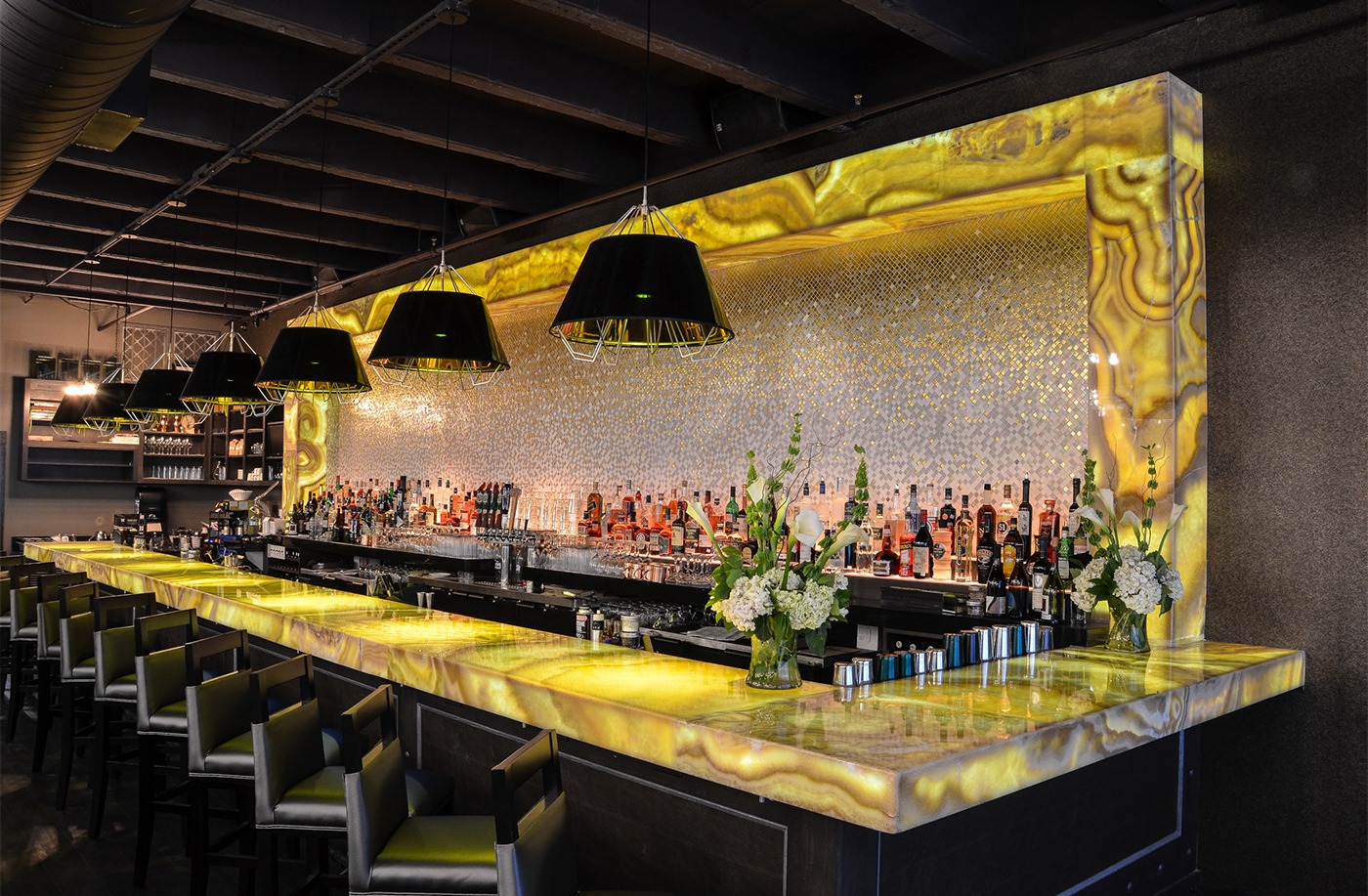
By using ultra-thin sheets of wood or stone, or by placing narrow pieces together in series, designers can incorporate the unmistakable colours and textures of these materials into an environment without the risk of them having inadequate light levels or developing an atmosphere that is perceived as being oppressive.
Another exciting aspect of this trend is the fusion of light and material together in one installation. Designers and interior architects are experimenting with ways of integrating LED technologies directly into surface materials through the use of back-lighting. As well as serving to bring more light into a space, this is a way of enhancing the inherent qualities and characteristics of a material by adding depth and increasing colour saturation.
Bio Magic
Sustainability is much more than a trend, it is an entire philosophy that people all over the world are embracing with increasing fervour and using to guide their actions, values and behaviours. The trend of bio-magic, then, is just one facet of this wider movement that spans all paradigms of life.
Biodegradable and recyclable alternatives to traditional resources represent the future of material design. Using ingredients that would previously have been thrown away, designers are developing new, environmentally friendly materials that enable users to live in a more responsible manner.
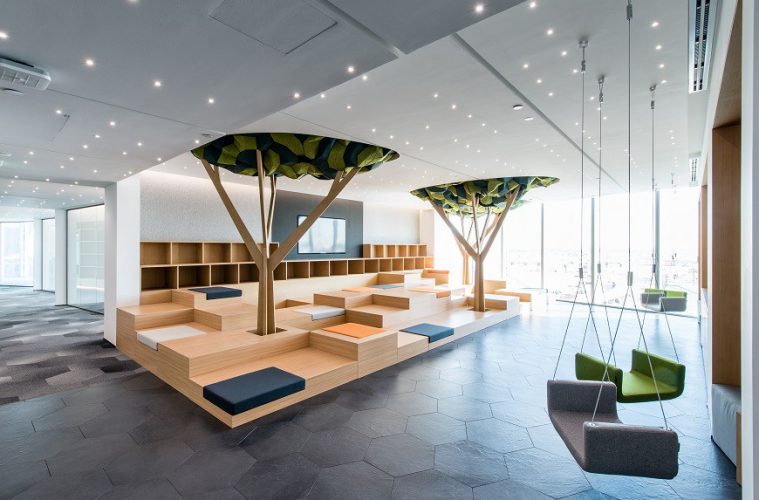
As with soft lines and pattern inlays, the trend of bio-magic take inspiration from nature. It is intrinsically linked to biophilic design (the practice of bringing the outside world indoors through the use of organic shapes, textures and colours) and sees designers responding to shifts in consumer preferences towards relaxing environments that improve their mental health and stimulate creativity.
Colour-tuneable LEDs are one of the ways in which designers are choosing to apply the principles of bio-magic into their work. By matching the appearance of natural sunlight, light fixtures with specific colour temperatures can be used to replicate the outside world within interior spaces.
Dappled Colours
The use of recycled materials in new and innovative ways has led to a rise in the amount of dappled colour we are seeing in products and surface materials. More and more, designers are choosing to pay homage to the lives of the materials they are using by preserving their unique colours and textures.
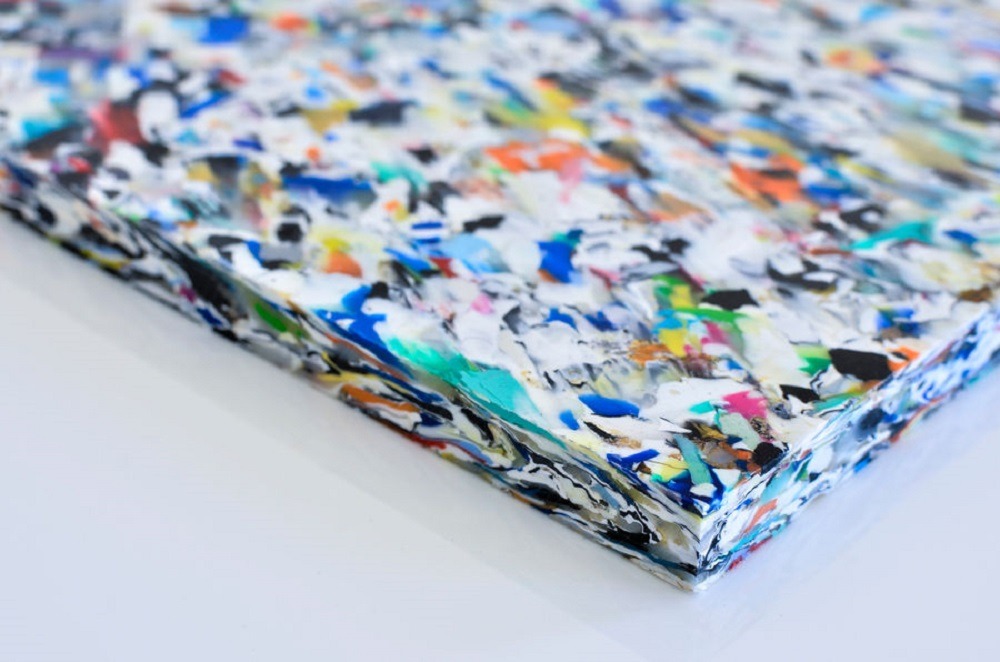
Take plastic as an example and we see designers letting the materials that they have salvaged dictate the colour palettes of the products they create. Through melting down and reforming scraps of materials from different sources, the result is a speckled, almost mosaic-like pattern instead of one solid colour.
This random, busy aesthetic that characterises this trend is also telling of wider feelings of chaos and confusion that we have all experienced in recent times whilst also satisfying a growing demand for designers to create unique, one-off products as an act of defiance against mass production.
Conclusions
As we push ever further into 2022, these trends will only become more apparent in the products we are able to purchase and the values we find ourselves embracing.
It seems clear that recent times have led to a situation in which people may feel overwhelmed by the uncertainty and impermanence of life and yearn for interior and product design solutions that reassure them and help them to reconnect with the physical world.

